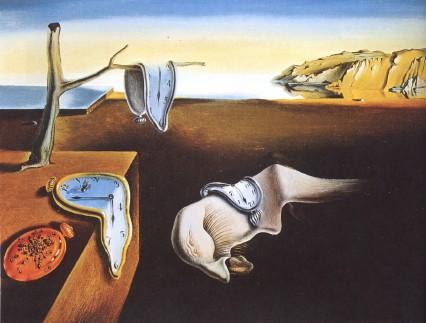
1 minute read
LOS FUSILAMIENTOS
from C1 Artwork Magazine
by mrosse2
I chose this artwork because of the way that it made me feel the first time I saw it in El Museo del Prado: I was a teenager with neither education in art or interest in it but there I was, finding myself petrified, amazed, crying, feeling the terror, the sorrow of their characters. Feeling but also thinking about how their daily life could be, what events could lead them to such a terrible situation.
Despite being a court painter, Goya could manage to use his gift for telling stories and in a Madrid in war, there were a lot of painful stories to tell. Los fusilamientos del 3 de Mayo is the most iconic artwork among the ones around the topic of the war.
Advertisement
Formally speaking, it is a very dynamic picture, with a lot of movement and a strong brushstroke. Being apparently realistic, it is a romantic representation where the soul and feelings of the main characters are strongly transmitted.
It is groundbreaking because the perspective is changed: It doesn´t show a famous battle or a decorated hero´s portrait, it tells us the story from the point of view of the victims, highlighting the anonymous heroes, focusing the attention on their pain, not on the cruelty of the executors whose faces we can´t see. It is democratic and popular from this point of view and represents a real turning point in this sense. Could Goya, through this artwork, be the first photojournalist?
Olga Matas
I have chosen this artwork due to the strong feelings it conveyed to me the first time I saw it and the art movement behind it.
This masterpiece, painted by Caspar David Friedrich’s, dates from 1817 and encapsulates the dreamy idealistic spirit of European Romanticism. The man standing backwards on a high dark rock is admiring an unknown and astounding landscape covered with fog.
From my point of view, the overall image transmits authentic isolation, serenity and selfreflection. It reminds me in some way of the uncertain future we have in front of us. However, we can only make assumptions about how it is because we cannot see what lies ahead before we dive into it.
Furthermore, there is this concept of coming from somewhere, the man can turn around and remember the path he left behind, the obstacles he faced, and the problems overcome during his journey to the top.
Finally, concerning the colours, Friedrich uses a slightly brighter palette than usual, those complete the mood helping to awaken the emotions. He mixes harmonic pastel blues and subtle tones of pinks across the sky with the mountain and rock in the distance echoing these colours as well as painting the figure in a dark colour to maintain the mystery and focus the attention on the man.





